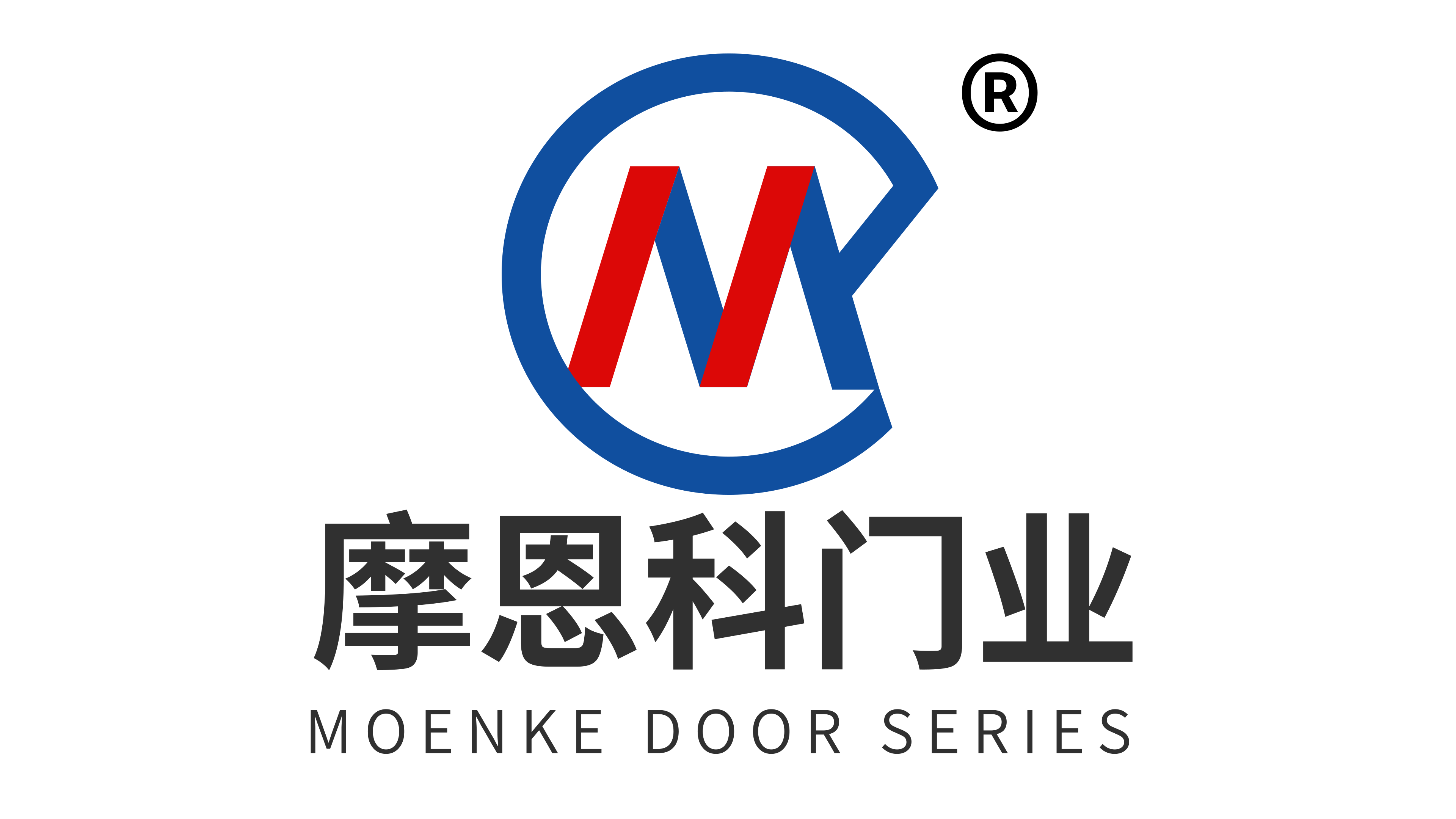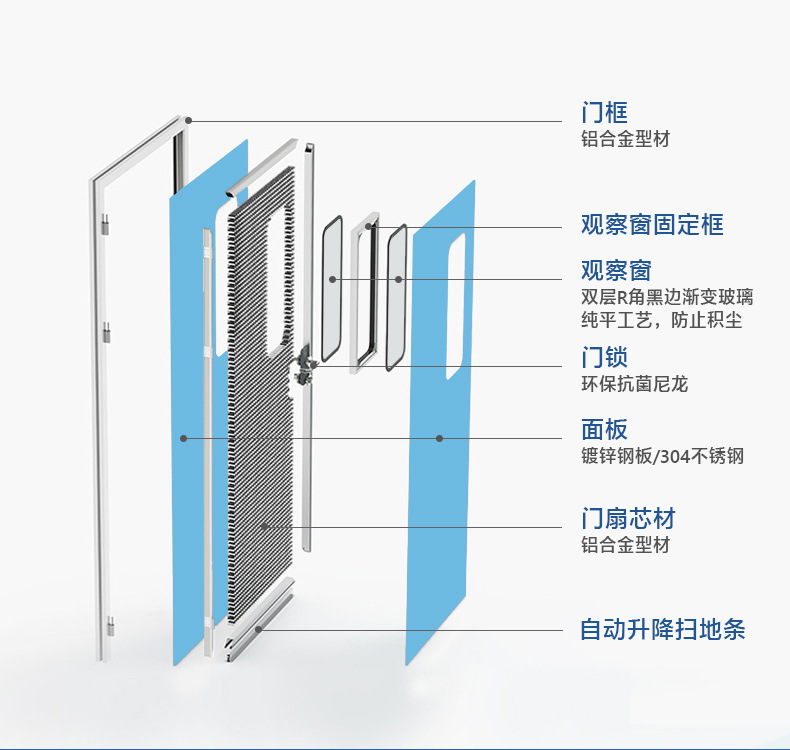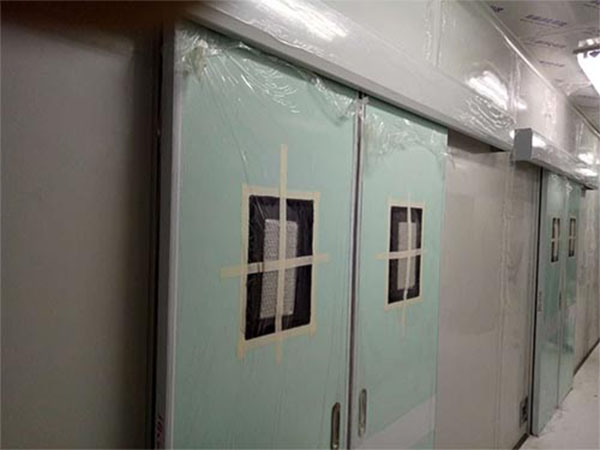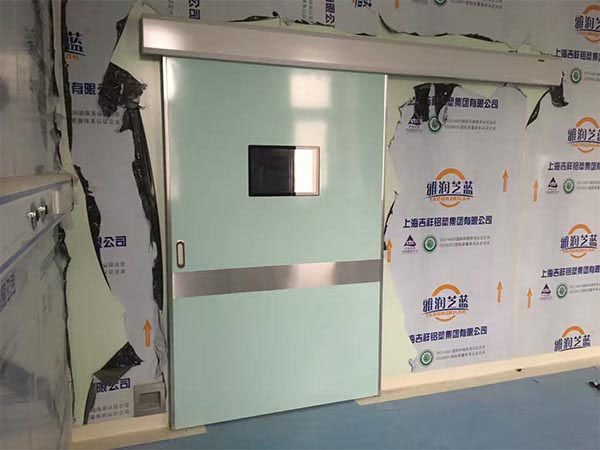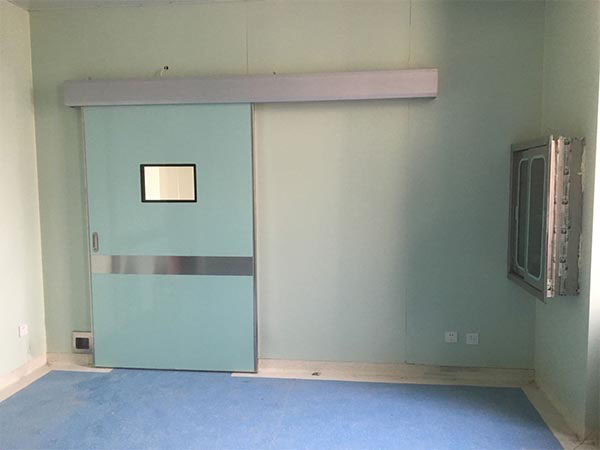The installation of the operating room door should be carried out by a professional installation company with strong capabilities and rich experience. Due to the characteristic of 'easy to learn but difficult to refine' in the installation of automatic doors, without rich installation experience, there are often some defects in the operation of operating room doors that are difficult to eliminate, and it is also difficult to ensure perfect after-sales service.
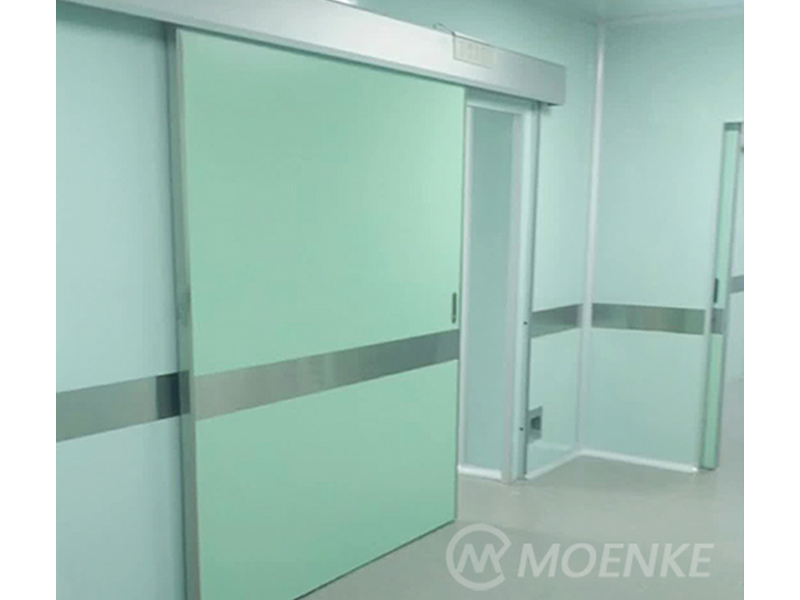
The full name of the operating room door is the medical operating room sliding automatic door. Automatic doors installed in clean rooms, clean corridors, operating rooms, and other similar places with cleanliness requirements are called medical doors. The traditional classification definition is based on its structural form. It is mainly divided into three categories: Q (sealed), F (radiation protection), and QF (sealed radiation protection).
The product categories of operating room doors include sliding automatic sensing doors, 90 degree opening automatic sensing doors, curved automatic sensing doors, overlapping automatic sensing doors, automatic revolving doors, manual revolving doors, medical doors, access control controllers, facial recognition access control systems, remote control transmitters and receivers, fingerprint access control machines, self-service bank card access machines, security eyes, automatic door control hardware, and other products. But the door body is usually made of glass material (except for hospitals), and currently common types include pure glass doors and framed glass doors. Pure glass doors have lower manufacturing costs and better transparency. The manufacturing cost of this invention is high, stable, atmospheric, safe, and reliable. Therefore, when the door opening is small, the pure glass door method is usually used, and when the door opening is large, the framed glass door method is usually used.
